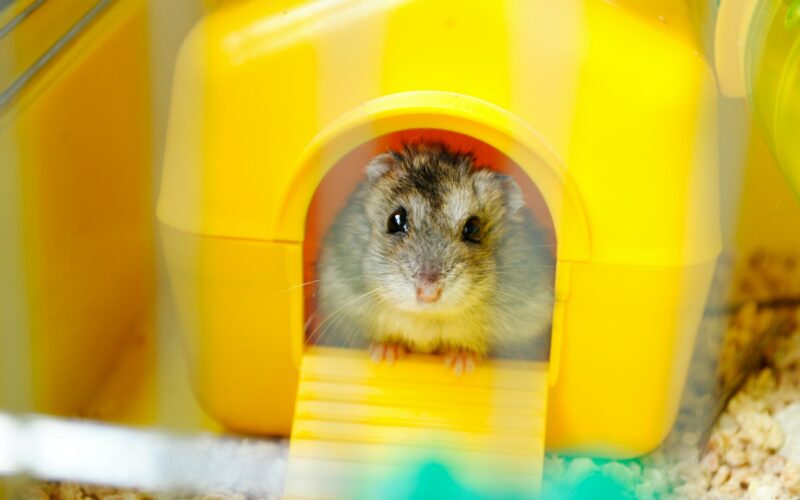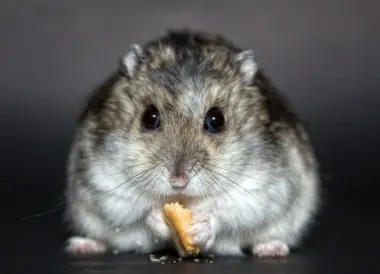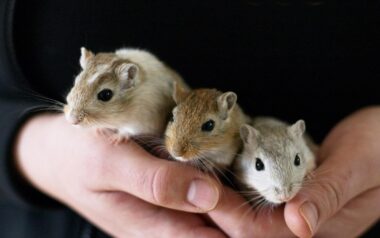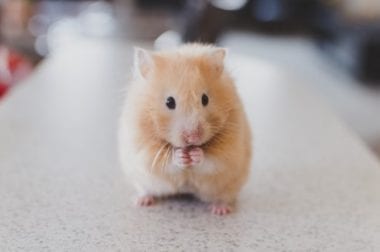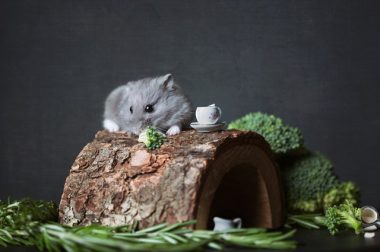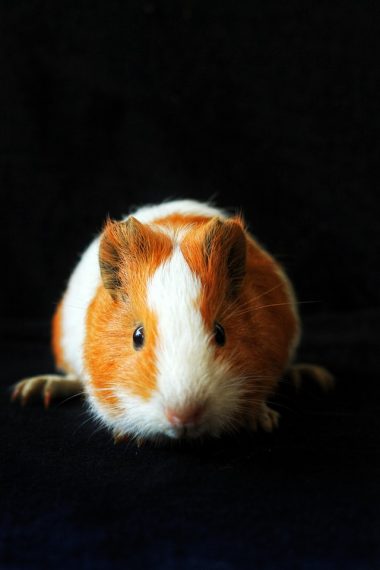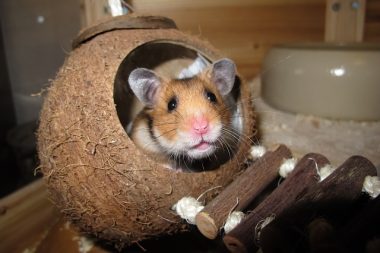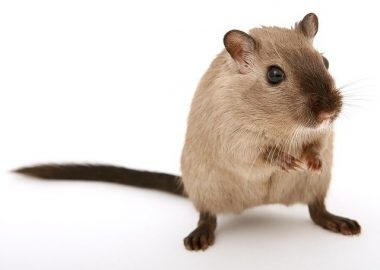If you’re a new hamster owner or an interim caretaker or are considering purchasing a new hamster, you must be wondering what do hamsters eat? While hamsters eat a variety of foods, some foods help them grow healthy more than others. Here are a few things to know about feeding your new hamster.
Dietary Requirements of Hamsters
Feeding your hamster will be relatively simple considering all the food choices that are accessible to you. However, not every hamster food is beneficial for them. Most hamster foods consist of well-balanced ingredients that will provide your hamster with a well-balanced diet, while others are laden with fats or sugars.
Food Requirements
Hamsters eat a mixture of seeds, cereals, and insects. They need a good quality, balanced diet containing essential nutrients and minerals to grow healthy. The safest and easiest approach to feeding a hamster is to go with a complete meal that is available at a pet store. Hamster foods available at pet stores are carefully formulated to meet their biological needs.
The ideal hamster food contains plenty of carbohydrates, 12 – 15% of protein, and 3 – 6% of fat.
Small quantities of fruits and vegetables can be given as supplements. Don’t feed grapes to hamsters as they are poisonous to rodents. Wet food can be difficult to clean from the cage and if not cleaned regularly it is susceptible to mold and bacterial growth. Avoid sudden dietary changes as they can upset their stomach.
Dietary requirements change if the hamster is pregnant, obese or if it is a baby. For pregnant and baby hamsters, foods with 18-40% protein and 7-9% fat are recommended. It is advisable to feed low-fat food to obese hamsters.
Water Requirements
Hamsters need fresh, clean drinking water continuously. Keep water in a bottle with a valveless sipper tube having a small diameter or a pinch in the segment. Hamsters can’t apply strong suction, so they may have difficulty drinking from traditional ball-valve sipper tubes. Check the water bottle daily for contamination, leaks, and blockages. Make sure that the water is filtered and not chlorinated.
Salt Intake
Hamsters need salt to help retain water and stay healthy. In the wild, hamsters lick rocks and minerals with salt. You can keep salt lick or mineral salts in your hamster’s cage.
Hamster Foods
Hamsters are very energetic and burn calories quickly. It is important to give them energy-rich hamster food to do their exercise.
What To Look For In Hamster Food?
There are plenty of options for hamster foods in pet stores, here are some important things to look for in hamster food before you buy them.
Complete And Balanced
Some hamster foods are for supplemental feeding. Make sure that the one you purchase provides all the nutrients for your hamster’s needs.
High In Energy
Hamsters burn a lot of calories. Purchase a calorie-dense product to support your hamster’s fast metabolism.
Natural Ingredients
Natural ingredients such as grains, seeds, and cereals are good for the hamster. Avoid products with too many chemicals.
No Artificial Additives
Additives such as artificial colors and sweeteners do not provide nutritional value to the hamsters and must be avoided.
Here are some of the best foods for your energetic hamster:
Pelleted Hamster Foods
These are also called lab blocks. Lab blocks were created as feed for research animals in laboratories. These are now available for purchase at pet stores but the best ones still come from manufactures that still sell to laboratories.
Pellets are the best and easiest way to ensure that your hamster gets all its daily nutrients. These usually contain a mixture of grains, seeds, vitamins, and minerals in the form of blocks, small biscuits, cookies, or cereal.
A hamster can be picky with loose seed mixes, eating only their favorite seeds, resulting in an unbalanced diet. A Pelleted diet prevents this from happening. Pelleted hamster food is recommended because they offer a balanced diet in every bite. Additionally, they wear down the hamster’s teeth and prevent them from becoming overgrown.
Seeds
Hamsters love seeds. Pumpkin and Sunflower seeds are their two particular favorites. If you want to have a large variety of options for your hamster to eat from, a bag of seed mixes is an excellent choice. It is important to pick a loose seed mix diet that contains a variety of foods such as grains, seeds, and dried vegetables. Some hamsters can be picky eaters, so ensure that your hamster has finished eating before refilling the bowl. Make sure that the seeds are not salted and contain no additives.
Vegetables
Hamsters rarely drink water in the wild, they get their water from vegetables and other greens. Along with providing water to your hamsters, they provide extra vitamins and minerals they need. Giving your hamsters too many greens will cause diarrhea. Feeding it about one square inch of greens per day will suffice.
Carrots
Carrots are safe for hamsters to consume, however, they should be given in moderation. Carrots have sugar in them which can lead to diabetes.
Cruciferous Vegetables
Cruciferous vegetables are low in calories and high in vitamins, fiber, and minerals. Cruciferous vegetables include Cauliflower, Cabbage, and Kale.
Other Vegetables
These vegetables can be given to hamsters without worry:
- Cucumbers
- Cherries
- Cantaloupe
- Broccoli
- Celery
- Sweet Potato (in moderation with skin removed)
Lentils And Peas
Lentils and peas are rich in protein which makes them a great addition to a hamster’s diet. One or two peas are plenty for a hamster’s daily requirements.
Crickets And Meal-worms
Many people hold a misconception that hamsters are herbivorous. Hamsters are omnivorous. Crickets and Meal-worms provide them with protein which helps them grow healthy.
Eggs And Chicken
Hamsters can be fed small amounts of hard-boiled eggs and cooked chicken. Both are high in protein and contain amino acids which are not found in vegetables.
Fruits
Fruits are high in vitamins. However, fruits are also high in sugar, which can cause diabetes and obesity, so they shouldn’t be given daily. Here are some fruits that hamsters enjoy eating:
- Apples (Avoid feeding peels and seeds)
- Pears
- Strawberries
- Bananas
- Peaches
- Mango
- Raspberries
Grains
Grains are the primary food for hamsters. Grains offer carbohydrates and protein. They can also be found in prepared hamster mixtures. You should provide about a tablespoonful daily.
Timothy Hay
Small amounts of timothy hay can be offered to hamsters. It helps in keeping their teeth in shape, and aids with digestion.
Foods You Should Never Feed Your Hamster
There are a few foods that you should never feed your hamster. These are unhealthy for your hamster and may result in its death if consumed.
Rhubarb And Berries
Rhubarb and berries contain toxins that increase the heart rate of hamsters.
Chocolates
Chocolates should be avoided as they are too sweet and contain theobromine.
Peanuts
Peanuts are dense in fat and caloric values. Feeding them to your hamster can make them obese.
Onions And Garlic
Onions and garlic cause anemia, and should not be fed to hamsters.
Almonds
Almonds must be avoided as they contain cyanide, it can kill your hamster.
Citrus Fruits
Citrus fruits are too acidic for hamsters and consuming them will result in diarrhea.
Junk Food And Processed Food
Junk foods and Processed food aren’t directly poisonous, they often have low nutritional value. Chips, battered sausage, fish fingers, and breakfast bars must also be avoided.
Yogurt drops should also be avoided, as they’re very fattening and don’t contain useful nutrients.
Tomatoes
Tomatoes contain tomatine, which can cause neurological and digestive issues.
Sharp Foods
Sharp foods or foods with sharp edges can puncture the hamster’s cheek pouches.
Other foods that should be avoided are
- Apple seeds
- Raw potatoes
- Raw beans
- Eggplant
- Alcohol
What Do I Give Hamsters To Chew On?

Hamsters have teeth that grow longer throughout their life, they need to wear them down by chewing on hard things. Hard food like pelleted hamster food will do a little to keep their teeth from overgrowing, but they’ll still need you to provide extra bits for them to chew on. Some hamsters even end up chewing on the bars of their cage. Sometimes hamsters do it out of boredom, habit, or enjoyment.
Keep in mind that anything you offer your hamster to chew on needs to be safe because it might end up consuming at least a small portion of it. fiber-rich vegetables, wood, chew toys, and Cardboard from the inside of toilet rolls are good options.
Remember that if you’re offering food as chew, you’ll need to reduce their calorie intake from the main diet.
Treating Your Hamster
Occasionally you may want to treat your hamster. Hamsters enjoy eating apples, pears, and strawberries. You can treat them with these fruits. Avoid giving treats that are too sweet. Providing them with proper care is the best treat you can give your hamsters.
Closing Notes
Hamsters can eat a variety of seeds, fruit, and vegetables, but their main diet should be pelleted hamster food to ensure well-balanced nutrition. Make sure you’re giving no more than half a gram of extra seed, insects, fruits, and vegetables.
